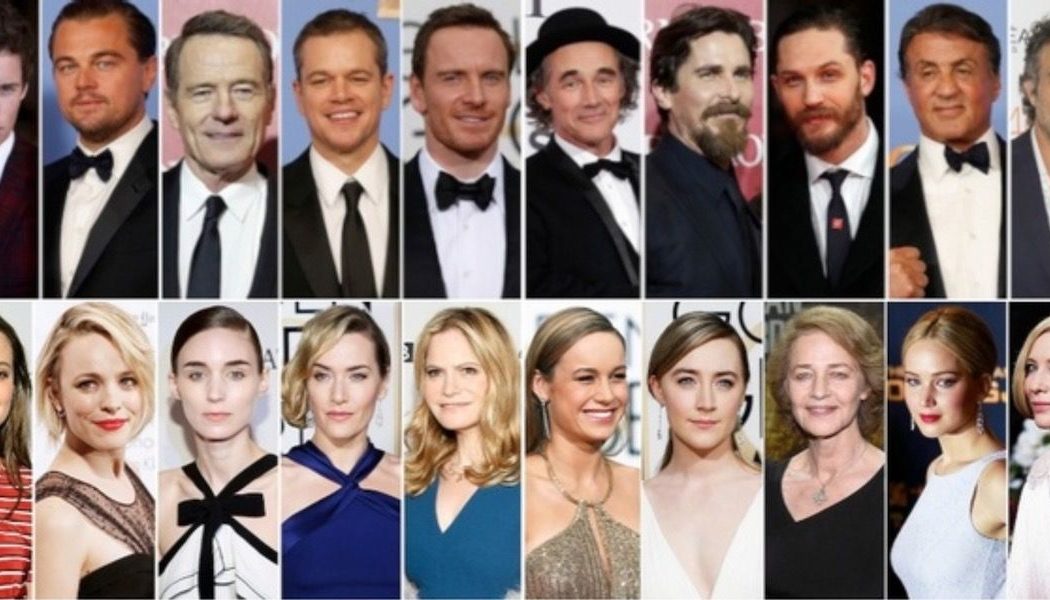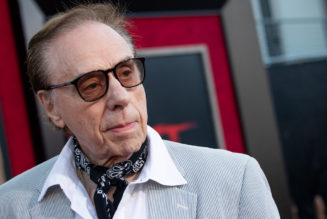
Nearly five years ago, April Reign created the #OscarsSoWhite hashtag to call the film industry out on their blatant lack of representation onscreen and off. Today the Academy of Motion Picture Arts and Sciences has revealed its latest steps towards diversifying its nominees pool: new representation and inclusion standards for Oscars eligibility in the Best Picture category, the most prestigious award at the annual Academy Awards ceremony.
As part of its Academy Aperture 2025 initiative, Academy governors DeVon Franklin and Jim Gianopulos headed a task force “to encourage equitable representation on and off screen in order to better reflect the diversity of the movie-going audience.” What they’ve designed with that group are four different standards for a Best Picture contender to pursue, as inspired by the British Film Institute (BFI) Diversity Standards used for certain funding eligibility in the UK and eligibility in certain categories at the British Academy of Film and Television (BAFTA) Awards.
Starting with the 96th Oscars in 2024, all movies seeking a Best Picture nomination must meet two of the four following standards in order to be deemed eligible: A) on-screen representation, themes, and narratives; B) creative leadership and project team; C) industry access and opportunities; or D) audience development. All categories other than Best Picture will be held to their current eligibility requirements.
Editors’ Picks
As outlined in more detail in the announcement, a movie must meet one of the following criteria in order to achieve Standard A: at least one of the lead actors or significant supporting actors is from an underrepresented racial or ethnic group; at least 30% of all actors in secondary and more minor roles are from at least two of the following underrepresented groups; or the main storyline(s), theme, or narrative of the film is centered on an underrepresented group(s).
To achieve Standard B, a movie must meet one of the following three criteria: at least two of the following creative leadership positions and department heads — Casting Director, Cinematographer, Composer, Costume Designer, Director, Editor, Hairstylist, Makeup Artist, Producer, Production Designer, Set Decorator, Sound, VFX Supervisor, Writer — are from underrepresented groups and underrepresented racial groups; at least six other crew/team and technical positions (such as First AD, Gaffer, Script Supervisor, etc., but excluding Production Assistants) are from an underrepresented racial or ethnic group; or at least 30% of the film’s crew members are from underrepresented groups.
In order to achieve Standard C, a film must meet both of the criteria outlined: the film’s distribution or financing company has paid apprenticeships or internships that are from the following underrepresented groups; and the film’s production, distribution, and/or financing company offers training and/or work opportunities for below-the-line skill development to people from underrepresented groups.
Lastly, to achieve a Standard D, the movie’s studio and/or film company must have multiple in-house senior executives from underrepresented groups (which must include individuals from underrepresented racial or ethnic groups) on their marketing, publicity, and/or distribution teams.
Editors’ Picks
“The aperture must widen to reflect our diverse global population in both the creation of motion pictures and in the audiences who connect with them. The Academy is committed to playing a vital role in helping make this a reality,” said Academy President David Rubin and Academy CEO Dawn Hudson. “We believe these inclusion standards will be a catalyst for long-lasting, essential change in our industry.”
For the 94th Oscars (2022) and 95th Oscars (2023), Best Picture hopefuls are required to submit a confidential Academy Inclusion Standards form to be considered, however meeting inclusion thresholds will not be required for eligibility in the Best Picture category until the 96th Oscars (2024). See the complete details, including the breakdown of who and what qualifies as an underrepresented group, at The Academy’s website.
In order to create lasting change in an industry, there needs to be a genuine effort made by those who have power — and The Academy, indisputably, holds a lot of power considering a single Oscar nomination can directly impact audience viewership, future opportunities for actors, and the justification for workers to demand equitable pay — to level the playing field for a better future. By creating guidelines for representation onscreen, behind the camera, and in future filmmaking generations to come, they’re doing their part to push cinema forward. Time will tell if these guidelines create the type of positive, inclusive change the industry is long overdue for, but one thing is for sure: it’s a step in the right direction.
As for next year’s Oscars, the ceremony has been moved to April 2021, the eligibility window has been extended, movies no longer need to be screened in a theater for consideration due to the pandemic, and the Best Picture contenders have been returned to a guaranteed total of 10 nominees.
Change starts now. We’ve announced new representation and inclusion standards for Best Picture eligibility, beginning with the 96th #Oscars. Read more here: https://t.co/qdxtlZIVKb pic.twitter.com/hR6c2jb5LM
— The Academy (@TheAcademy) September 9, 2020









